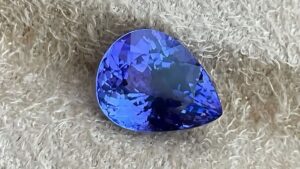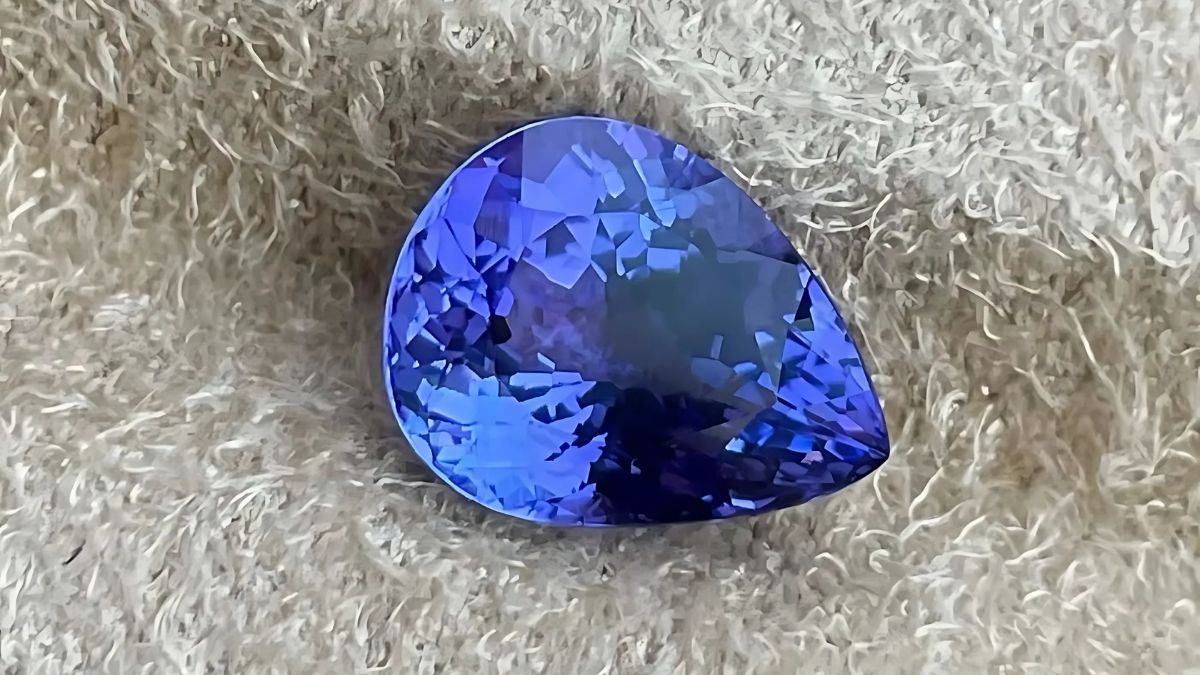Bone-eating worms. Sounds like a creature from a horror movie, right? But these tiny marine creatures—known as Osedax—are very real, and they’ve been quietly working away in the deep sea for over 100 million years. They don’t eat plants or hunt fish. Nope, these worms go straight for the bones—massive ones—from whales or even ancient sea reptiles.
If you’ve never heard of them before, you’re not alone. But once you learn what they do, you won’t forget them.
Behavior
What exactly do Osedax worms do? When a large animal dies and sinks to the ocean floor, it becomes a buffet for marine life. That’s when these worms show up. They don’t have mouths or teeth. Instead, they drill into the bones and absorb nutrients with the help of special bacteria living inside their bodies.
Imagine an underground (or underwater) restaurant where only bone marrow is on the menu—and these worms are the diners. They break down the bone quietly and invisibly, in the darkest corners of the ocean.
Fossils
So how do we know Osedax worms have been around for so long? A team of researchers from University College London and the Natural History Museum in the UK wanted to find out. They used CT scans—kind of like a digital X-ray—to study over 130 fossilized bones without damaging them.
Inside six of those fossils, they found tiny tunnels and burrows—just like the ones Osedax worms make today. The bones were from the Cretaceous period, which means these worms were alive back when dinosaurs roamed the Earth.
Back then, there were no whales. So the worms feasted on the bones of large marine reptiles like ichthyosaurs, plesiosaurs, and mosasaurs.
Discovery
Here’s where it gets really cool. The team discovered seven new ichnospecies—these are species identified only by the traces they leave behind, not by their actual remains. That means they found completely new types of worms, just by looking at the tunnels they made.
Some of those tunnels look nearly identical to modern ones. That tells scientists that these worms haven’t changed much in over 100 million years. That’s pretty wild, considering how much other life on Earth has evolved since then.
Evolution
To figure out the age of the fossils and burrows, scientists also examined the rock around them. It confirmed that the traces were indeed from the Cretaceous era. That’s a long time ago—before birds, mammals, or even flowering plants took over the planet.
Next, researchers want to study modern Osedax worms more closely. By analyzing their DNA and comparing it to fossil evidence, they hope to better understand how these worms evolved—and if today’s bone-eaters are direct descendants of the ancient ones.
One researcher, Sarah Jamison-Todd, pointed out that some of the fossil burrows look exactly like the ones made today. But are they from the same species? Or did different worms just evolve the same bone-digging strategy over time (what scientists call convergent evolution)? That’s still a mystery.
Mystery
The deep sea is full of strange surprises, and Osedax worms are one of the weirdest and most fascinating. They’ve played a quiet but important role in the ocean for millions of years—recycling bones, cleaning up carcasses, and contributing to deep-sea ecosystems.
And yet, we’re only just beginning to understand them.
So next time you hear about ancient fossils or weird ocean creatures, remember this: some of the most bizarre species on Earth don’t roar or glow—they silently eat bones at the bottom of the sea.
FAQs
What do Osedax worms eat?
They eat bones of large animals like whales or sea reptiles.
How long have Osedax worms existed?
For over 100 million years, since the Cretaceous period.
How do Osedax worms get nutrients?
They absorb nutrients using bacteria inside their bodies.
What are ichnospecies?
Species identified only by the traces or burrows they leave.
Are Osedax worms still alive today?
Yes, they still live in deep-sea environments worldwide.



















